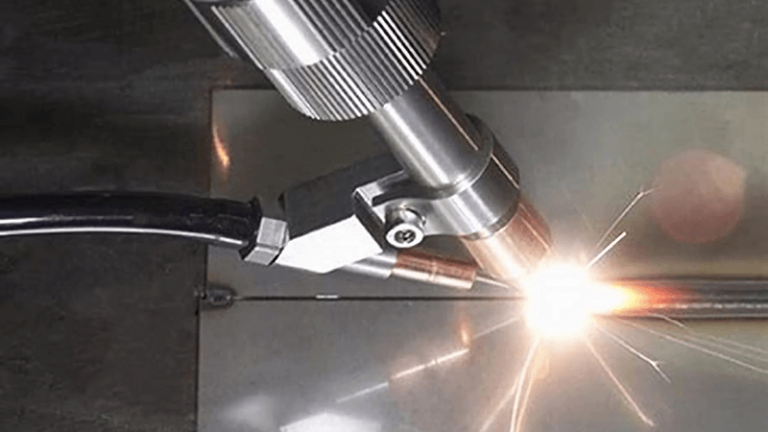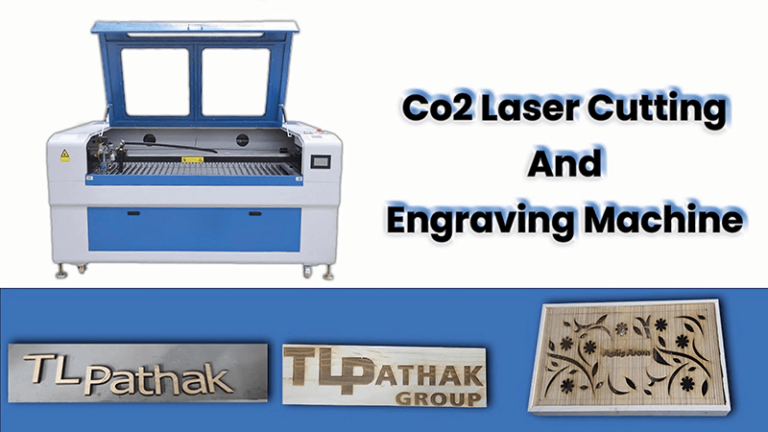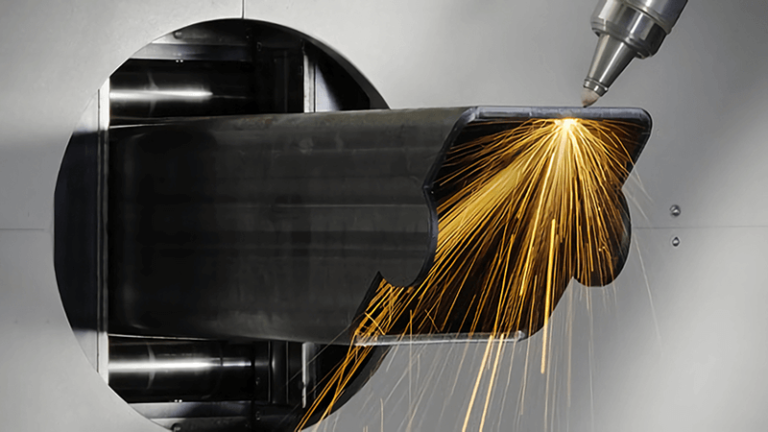Have you ever been overwhelmed by the sheer number of options when choosing a laser cutter? You're not alone. With so many features and specifications to consider, it can be a daunting task. But don't worry, I've got your back. As a Sales Engineer at Kirin Laser, I've helped countless customers navigate this complex landscape. Today, I'll walk you through the top features you should look for in a high-performance laser cutter.
Let's cut to the chase. The most crucial aspects to consider are power, speed, precision, cutting area, software compatibility, maintenance, durability, safety, and cost. Each of these factors plays a significant role in determining the overall performance and suitability of a laser cutter for your specific needs.
So, buckle up and let's dive into the world of laser cutting technology. By the end of this post, you'll have a clear understanding of what makes a laser cutter stand out and which features are essential for high performance.
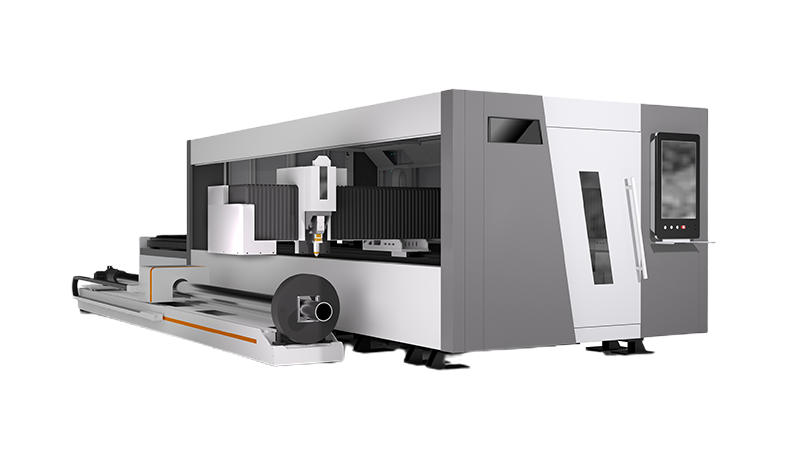
Understanding Laser Cutters
Laser cutting technology has revolutionized the manufacturing industry. By using a high-powered laser beam, these machines can cut through a variety of materials with unparalleled precision. High-performance laser cutters are designed to handle complex tasks with ease, making them indispensable tools in many industries.
But what exactly makes a laser cutter "high-performance"? It's a combination of several factors that work together to deliver exceptional results. Let's break down these key features.
Power and Speed
One of the first things to consider is the power of the laser cutter. The power, measured in watts, determines the machine's ability to cut through different materials. Higher power allows for cutting thicker and denser materials. For example, a 10,000-watt laser cutting machine can easily handle thin sheets. To learn more about the power of laser cutting machines, we have prepared a detailed cutting parameter guide for different materials across various power ranges. Please contact us, and we will share this cutting parameter guide with you.
Speed is another critical factor. A high-speed laser cutter can significantly increase productivity, especially for large projects. However, speed must be balanced with precision to avoid compromising the quality of the cut. Learn more about laser cutter speed and its impact.The cutting parameter guide mentioned above not only includes parameters for cutting different material thicknesses but also provides the corresponding cutting speeds for various materials for your reference.
Precision and Accuracy
Precision is the hallmark of any high-performance laser cutter. The ability to make clean, accurate cuts is essential, especially for intricate designs. A machine with high precision ensures that every cut is exactly as intended, reducing waste and improving overall quality.
Accuracy goes hand-in-hand with precision. It refers to the machine's ability to reproduce the exact dimensions specified in the design file. Even a slight deviation can lead to significant errors in the final product. For a deep dive into the importance of precision and accuracy, visit this resource.
What defines a high-precision cutting machine? Generally, a high-precision laser cutting machine must start with a high-precision machine bed as its foundation. If the machine bed doesn't meet certain precision standards, even the best machine configuration won't achieve accurate cuts. Additionally, using high-precision components is crucial. Opt for branded key components like guide rails, racks, reducers, and servo motors to ensure precision. Lastly, assembly technicians must strictly follow the instruction manual, ensuring each component is installed correctly and meets the required standards.

Cutting Area and Capacity
The cutting area of a laser cutter determines the maximum size of the material that can be processed. A larger cutting area provides more flexibility, allowing you to work on bigger projects without having to resize or reposition the material. This is particularly important for industries that deal with large-scale production.
The most popular laser cutting machine models on the market are defined by their cutting area. Mainstream models include 3015, 4015, 4020, 4025, 6020, and 6025. These models represent cutting areas of 3000×1500mm, 4000×1500mm, 4000×2000mm, 4000×2500mm, 6000×2000mm, and 6000×2500mm, respectively. In addition to the above models, we also accept customization.
Capacity, on the other hand, refers to the machine's ability to handle different materials and thicknesses. A versatile laser cutter can work with a wide range of materials, from delicate fabrics to sturdy metals. Explore various cutting area and capacity options to find the right fit for your needs, please also check the cutting data parameter guide I mentioned above.
Software and Compatibility
User-friendly software is a must-have for any high-performance laser cutter. The software should be intuitive and easy to navigate, even for beginners. Additionally, it should be compatible with various file formats, such as DXF, AI, and PDF, to ensure seamless integration with your existing workflow.
Compatibility with different operating systems and design software is also crucial. The last thing you want is to invest in a laser cutter only to find out that it doesn't work with your preferred tools. For a comprehensive review of laser cutter software, check out the below details.
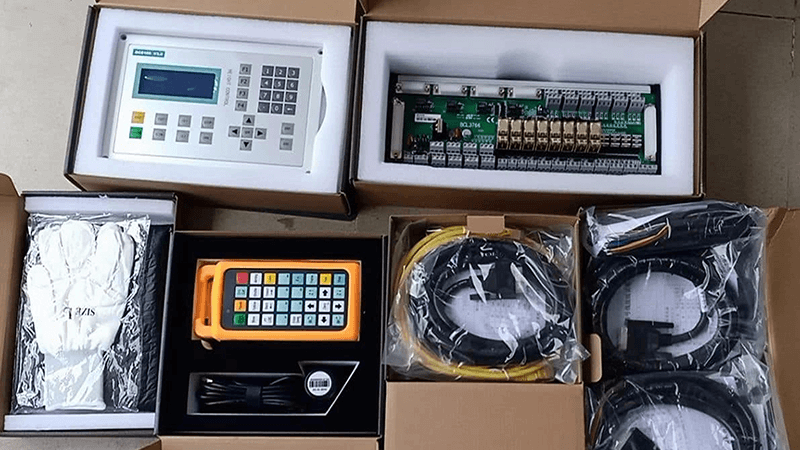
The most popular laser cutting software on the market includes two main options:
Cypcut Series Control System by Bochu
This control system is widely recognized and accepted by the majority of the market and users, holding a 70% market share. It comes in several models:
- Cypcut2000: Suitable for cutting machines below 3kW.
- Cypcut4000: Suitable for cutting machines with 6kW power.
- Cypcut6000: Suitable for cutting machines with 12kW power.
- Cypcut8000: Suitable for cutting machines with 20kW and above.
Raytools X3s Control System by Raytools
Raytools, renowned for its cutting heads, has introduced the Raytools X3s control system. This system is mainly used for economical models below 3kW, capturing market share with its cost-effectiveness.
Laser Cutting Software and Corresponding Machine Power
| Control System | Model | Suitable Power |
| Cypcut | Cypcut2000 | Below 3kW |
| Cypcut | Cypcut4000 | 6kW |
| Cypcut | Cypcut6000 | 12kW |
| Cypcut | Cypcut8000 | 20kW and above |
| Raytools X3s | Raytools X3s | Below 3kW |
Maintenance and Durability
Regular maintenance is essential to keep your laser cutter running smoothly. Look for machines that are easy to maintain, with accessible components and clear maintenance instructions. This will save you time and effort in the long run, ensuring that your machine operates at peak performance.
Durability is another important factor. A high-performance laser cutter should be built to last, with robust construction and high-quality materials. Investing in a durable machine means fewer repairs and replacements, ultimately saving you money. Learn more about maintaining and prolonging the life of your laser cutter, we have a standard operation guide with the machine which customer buy.
Here I will short introduction of several key parts maintenance to extend the lifespan of a Fiber Laser Cutting Machine.
1. Regular Cleaning and Inspection
Introduction: Keeping the machine clean and conducting regular inspections are crucial for optimal performance.
How to Do It:
- Cleaning: Remove dust, debris, and residue from the machine components, especially the laser head, lenses, and mirrors.
- Inspection: Check for signs of wear, damage, or misalignment in key components such as guide rails, belts, and nozzles.
- Frequency: Perform cleaning after each use and inspections weekly or monthly based on usage.
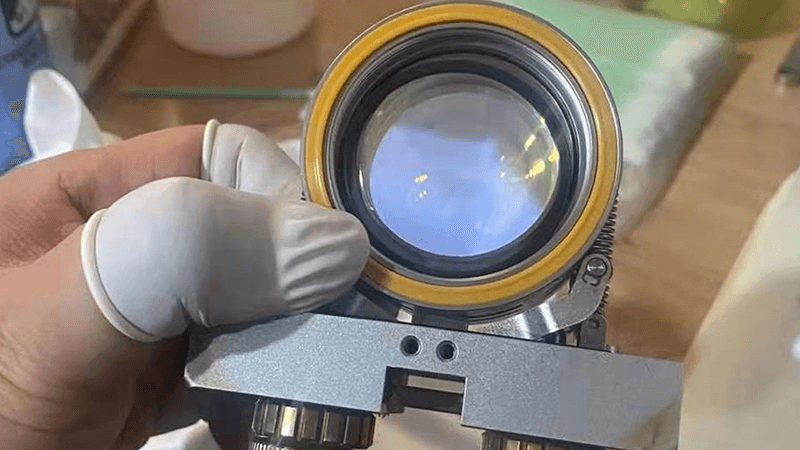
2. Proper Cooling System Maintenance
Introduction: Maintaining the cooling system prevents overheating, which can damage the laser source and other critical components.
How to Do It:
- Coolant Levels: Regularly check and top up coolant levels as needed.
- Filters: Clean or replace filters to ensure efficient cooling.
- System Check: Periodically inspect the cooling system for leaks or blockages.
- Frequency: Check coolant levels weekly and clean filters monthly.
3. Lubrication of Moving Parts
Introduction: Lubricating moving parts reduces friction, preventing wear and ensuring smooth operation.
How to Do It:
- Guide Rails and Bearings: Apply recommended lubricants to guide rails, bearings, and other moving parts.
- Procedure: Follow the manufacturer's guidelines for lubrication type and application frequency.
- Frequency: Lubricate as per the manufacturer's recommendations, usually monthly or after a certain number of operational hours.
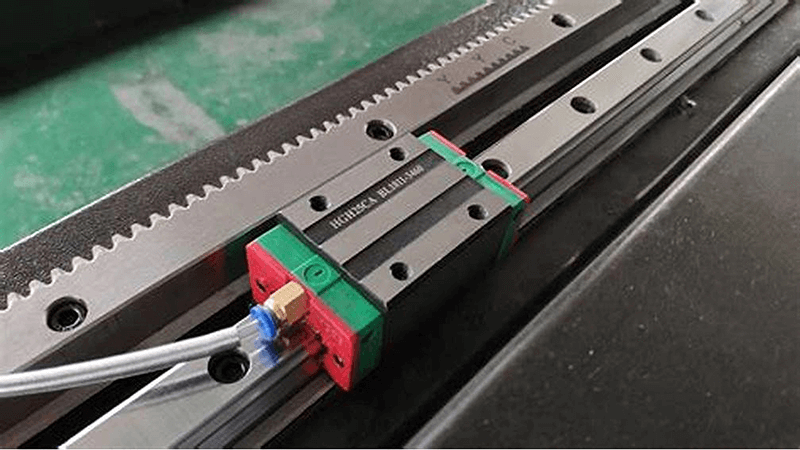
4. Regular Alignment and Calibration
Introduction: Proper alignment and calibration are essential for maintaining cutting precision and efficiency.
How to Do It:
- Laser Alignment: Regularly check and adjust the alignment of the laser beam to ensure it is centered and focused.
- Calibration: Use calibration tools and software provided by the manufacturer to fine-tune the machine's settings.
- Frequency: Perform alignment checks monthly and calibrate as needed, especially after moving the machine or experiencing a drop in cutting quality.
Safety Features
Safety should always be a top priority when working with laser cutters. Look for machines equipped with essential safety features, such as emergency stop buttons, protective enclosures, and proper ventilation systems. These features help prevent accidents and ensure a safe working environment.
Operator safety is also crucial. Ensure that the machine has adequate training resources and safety protocols to minimize risks. For more information on laser cutter safety features, visit this link.
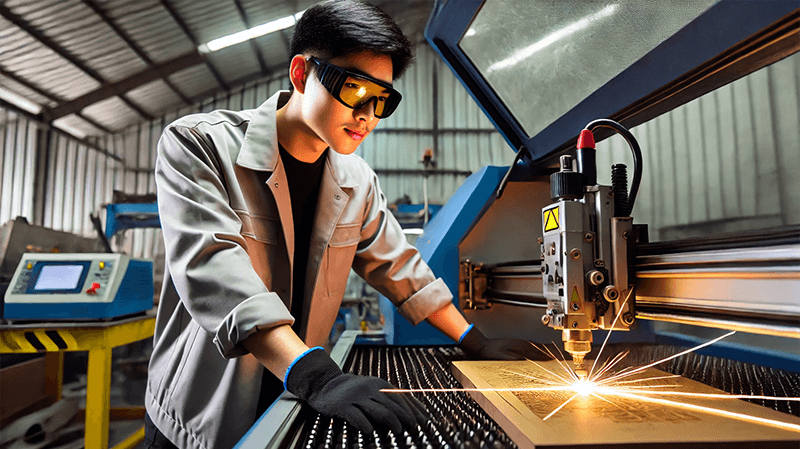
Cost and Value for Money
While it's tempting to go for the cheapest option, it's important to consider the overall value for money. A high-performance laser cutter may come with a higher price tag, but it offers better performance, durability, and features. Assess the long-term benefits and cost savings to make an informed decision.
Balancing cost with performance is key. Look for machines that offer the best combination of features and affordability. For tips on evaluating the cost and value of laser cutters, check out this guide.
Conclusion
Choosing the right laser cutter can be challenging, but focusing on these key features will help you make an informed decision. Remember to consider power, speed, precision, cutting area, software compatibility, maintenance, durability, safety, and cost. By prioritizing these factors, you'll find a high-performance laser cutter that meets your needs and delivers exceptional results.
Ready to invest in a top-notch laser cutter? Visit Kirin Laser for a wide range of high-performance options designed to meet your specific requirements. Feel free to reach out to us for personalized recommendations and expert advice. Happy cutting!


